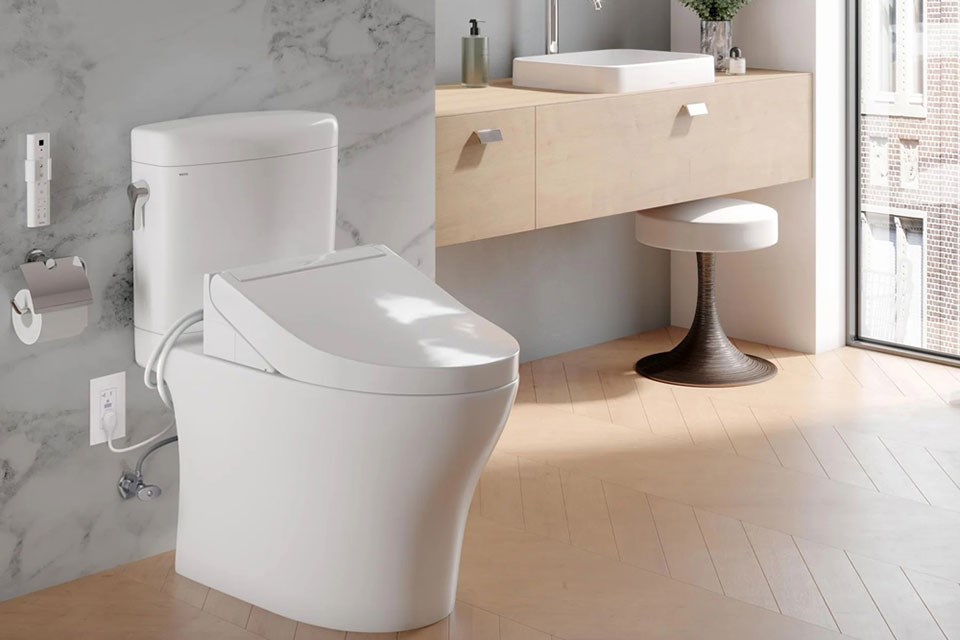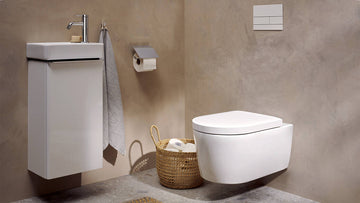In recent years, the demand for low water toilet innovations has surged as industries and households alike strive to embrace sustainability. With the growing need to conserve water, these advancements are pivotal in shaping the future of plumbing. As we delve into the world of low water toilet innovations, we uncover how these breakthroughs are changing the landscape of restroom technology.

The Rise of Water-Efficient Toilets
The importance of water conservation cannot be overstated. Traditional toilets are notorious for their high water consumption, often using up to 7 gallons per flush. In contrast, modern low water toilet innovations boast impressive reductions, some using as little as 1.28 gallons per flush. This significant decrease not only aids in conserving water but also results in substantial cost savings for users.
One of the major contributors to these savings is the high-efficiency toilet flushing systems. These systems are designed to optimize water usage without compromising on performance, thereby making them a popular choice for both residential and commercial settings.
Innovative Designs in Modern Toilets
Beyond water efficiency, the design aspect of toilets has seen remarkable changes. Take, for instance, the innovative toilet tankless design, which not only saves space but also enhances the aesthetic appeal of restrooms. These designs are a testament to how low water toilet innovations are not just about functionality but also style and sophistication.
Additionally, portable toilets are becoming increasingly popular. These devices offer flexibility and convenience, especially in settings where traditional plumbing is not feasible. Their role in revolutionizing the industry cannot be overlooked.
Technological Advancements and Smart Features
The incorporation of technology in toilet design has led to the rise of smart toilets. These toilets are equipped with features such as automatic flushing, heated seats, and even built-in bidets. The future of smart toilet innovations promises even greater advancements, making restroom experiences more luxurious and efficient.
Moreover, companies are exploring ways to integrate IoT technology to monitor water usage patterns. This data-driven approach can help users further optimize their water consumption, aligning with global sustainability goals.
The Environmental Impact
The shift towards low water toilet innovations is not just about reducing water bills; it is a crucial step towards mitigating environmental impact. By using less water, these toilets contribute significantly to the conservation of natural resources. Furthermore, they reduce the burden on sewage systems, minimizing the risk of overflows and contamination.
For instance, the adoption of pressure-assisted toilet technology has been shown to enhance flushing efficiency while using minimal water. This technology exemplifies how innovation can lead to eco-friendly solutions in everyday life.
Challenges and Future Prospects
Despite the numerous benefits, the widespread adoption of low water toilet innovations faces certain challenges. Cost can be a barrier, especially for large-scale implementations. Additionally, there is a need to educate consumers about the long-term savings and environmental benefits of these innovations.
Looking ahead, the future prospects of low water toilet innovations are promising. With continuous research and development, we can expect even more breakthroughs that will make these solutions more accessible and efficient. The ultimate goal is to achieve a balance between functionality, affordability, and sustainability.
Conclusion
The evolution of low water toilet innovations marks a significant stride towards sustainable living. As industries and individuals continue to recognize the benefits of these advancements, we can anticipate a future where water-efficient toilets become the norm rather than the exception. By embracing these innovations, we take a vital step towards conserving our planet's precious resources.

Frequently Asked Questions
-
What are low water toilet innovations?
Low water toilet innovations refer to the advancements in toilet designs and technologies aimed at reducing water consumption while maintaining or enhancing performance. -
How do low water toilets benefit the environment?
By using significantly less water per flush, low water toilets help in conserving water resources and reducing the strain on sewage systems, thus benefiting the environment. -
Are low water toilets more expensive than traditional toilets?
While the initial cost of low water toilets may be higher, the long-term savings on water bills and their environmental benefits make them a cost-effective choice in the long run.
This article contains affiliate links. We may earn a commission at no extra cost to you.






